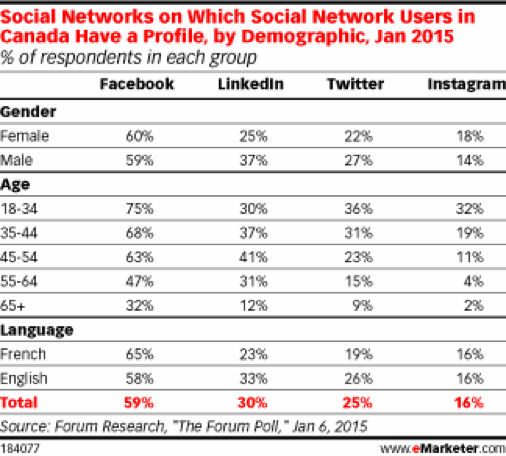Three Reasons You Need It
Marketing isn’t about selling: it’s about sharing a message. In the digital sphere, there is no better way to achieve this than by sharing on social media.
While social media platforms are only ever one part of a plan that supports your overall marketing strategy, unless your target market is comprised largely of people who live without electricity, you are likely to be reaching at least some of them via social media.
Reason #1: In Marketing, Community is “Where it’s at!”

We buy things and services for a lot of reasons, and almost none of those reasons has an economic driver. We buy that ice cream because it tastes like the one we had as children. We buy overpriced cheese strings because the kids will eat them instead of throwing them in the trash. We pay for vacations that we think will lead us to the calm that we crave.
As with any community you are trying to reach, you need to understand it fully, and a great way to do so is to interact with its members in a genuine way. Social media allows for that and enables you to build a community around your brand and cause. The motivations people have for buying products or services shift and change over time: if you don’t know how your audience is feeling, how your community is responding to changes, you won’t be able to drive a message that they can relate to.
A great example of this is Apple’s iPhone vs. Blackberry. While Blackberry stuck to its guns and focused on marketing its image of safety and security, it didn’t embrace a larger non-corporate audience when it had the chance; an audience whose focus was based more on emotional responses. Apple swooped in with iPhone and that was the ballgame. Apple listened to people and created something that filled what they wanted – perhaps it didn’t have the security of Blackberry, but for the everyday user, that was less important than the ‘cool’ factor and usability of the iPhone.
Reason #2: The Medium is the Message
Marshall McLuhan coined the phrase ‘the medium is the message’ LONG before social media or even the internet existed, but his theory stands today. The platform on which you choose to convey your message becomes part of the meaning of the message itself.
Twitter is a good example of what I mean here: If you go on Twitter and ‘sell’ your product / service, you will not be heard. People who tweet might watch a car commercial on television and accept the hard sell there, but they will not embrace the tactic on Twitter, or any social media platform. They are interested in interacting with a community of individuals and organizations that share a passion of cars, traveling, speed, driving, etc. Your brand can create a personality, and become a member of that community by being on a social platform.
Ultimately, finding the right social media platforms for your marketing plan depends largely on your overall marketing strategy, but spending on social media without actually understanding your ideal customer, where they shop and why they would shop with you, is an exercise in futility. But as I said in the introduction here, unless you are marketing your widget specifically to people who do not have internet, you will need to include social media in the plan.
Reason #3: It’s in the Numbers
If I have not yet convinced you of the necessity of both understanding and including social media in your marketing plan, maybe this will:
CIRA issued figures from 2014 on the usage of internet and social media in Canada:
- Canada ranked 16th in the world for number of internet users and a market penetration of 86.8%.
- “Social media is the top activity performed on portable devices, such as laptops and mobile devices like tablets and smartphones.”
A survey in January 2015 by Forum Research found that 59% of Canadians have a Facebook account and at least half of those access it more than once per day. (Source)

That’s almost 6 out of 10 Canadians, across ALL age groups. Can you really ignore those kinds of numbers?

